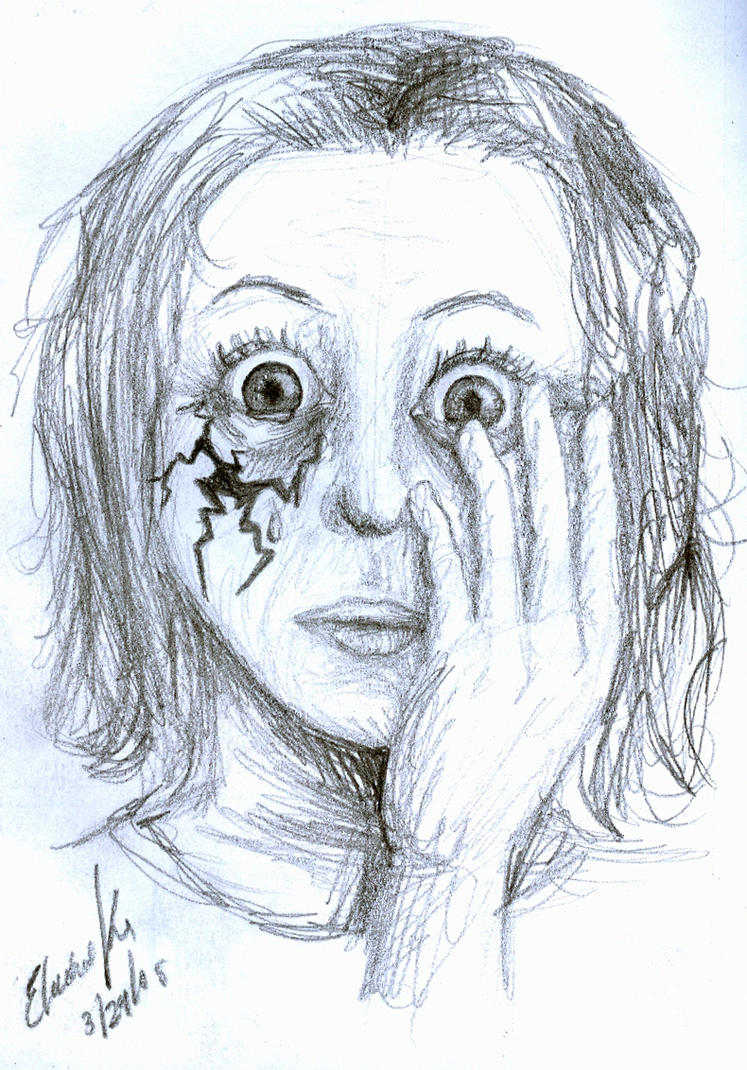According to a recent article in Therapeutics and Risk Management, the International Headache Society defines the diagnosis criteria for Trigeminal Neuralgia (TN) as greater than three sudden attacks of pain on one side of the face, meeting the following criteria:
- Pain occurs in region of the face with sensation supplied only by the trigeminal nerve without radiating outside of that area
- Pain that has 3/4 of the following: occurs repeatedly in attacks lasting from an instant less than a second up to 2 minutes, is extremely severe, feels like a shock of electricity or may also be described as shooting, stabbing or sharp; and occurs after ordinarily non-painful stimuli to face, like a breeze or brush of fabric, brushing teeth.
Your doctor may make a diagnosis based solely upon an interview with you where you describe your symptoms and medical history, including any dental surgeries, neuropathic pain conditions, or neurological diseases like Multiple Sclerosis.
You may also be referred to a hospital to have imaging studies like an MRI or CT scan in hopes of locating the source of your pain. These imaging scans may also help your doctors rule out other conditions that can cause similar types of pain, including meningiomas, a type of tumor that grows from the lining of your brain.
Advances in diagnosis and treatment of trigeminal neuralgia. Montano N, Conforti G, Di Bonaventura R, Meglio M, Fernandez E, Papacci F. Ther Clin Risk Manag. 2015 Feb 24; 11:289-99. doi: 10.2147/TCRM.S37592 eCollection 2015.
Trigeminal Neuralgia and Gamma Knife. (n.d.). Retrieved April 26, 2015, from http://www.medicine.virginia.edu/clinical/departments/neurosurgery/gammaknife/disorders/pain-page


